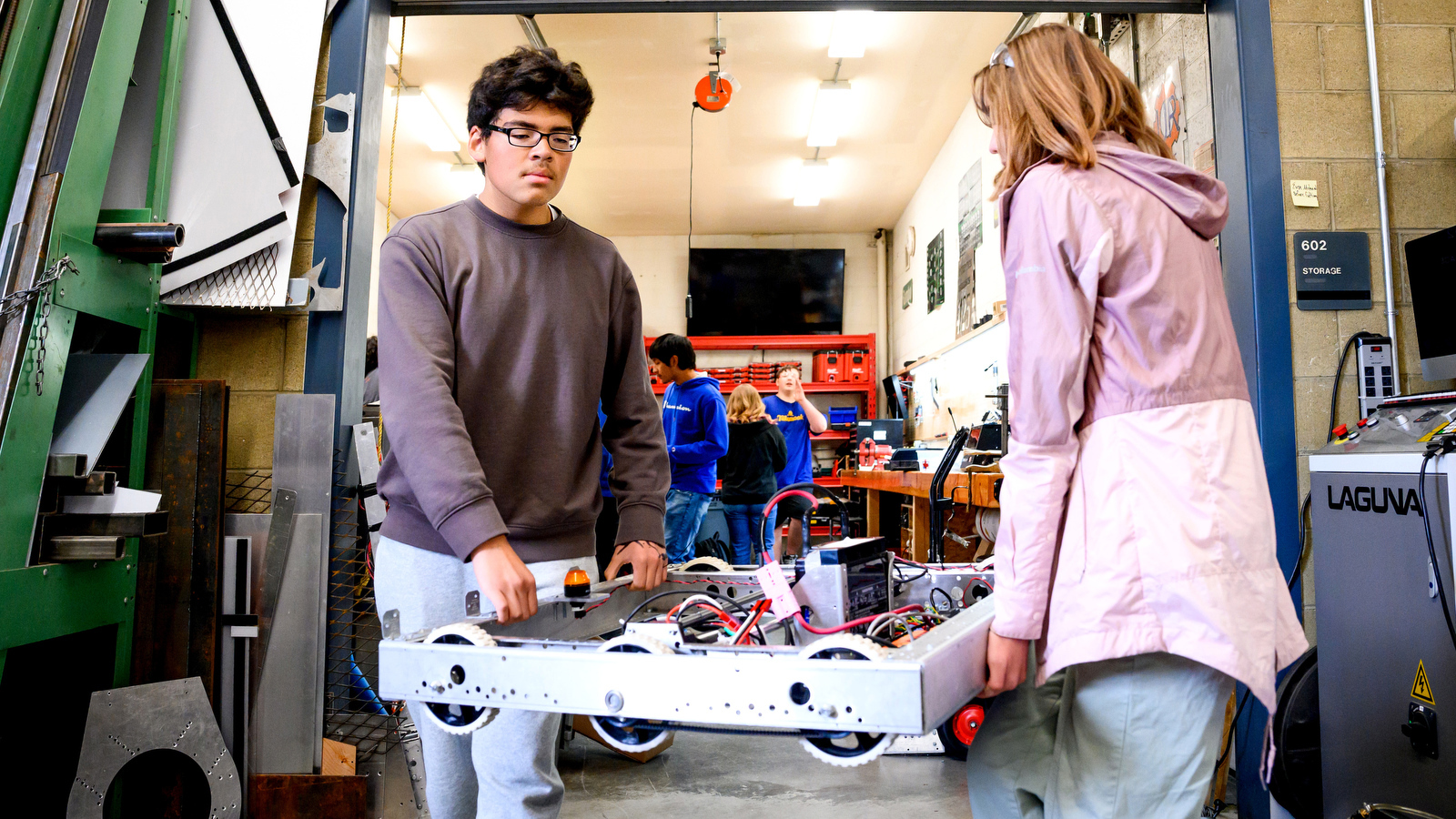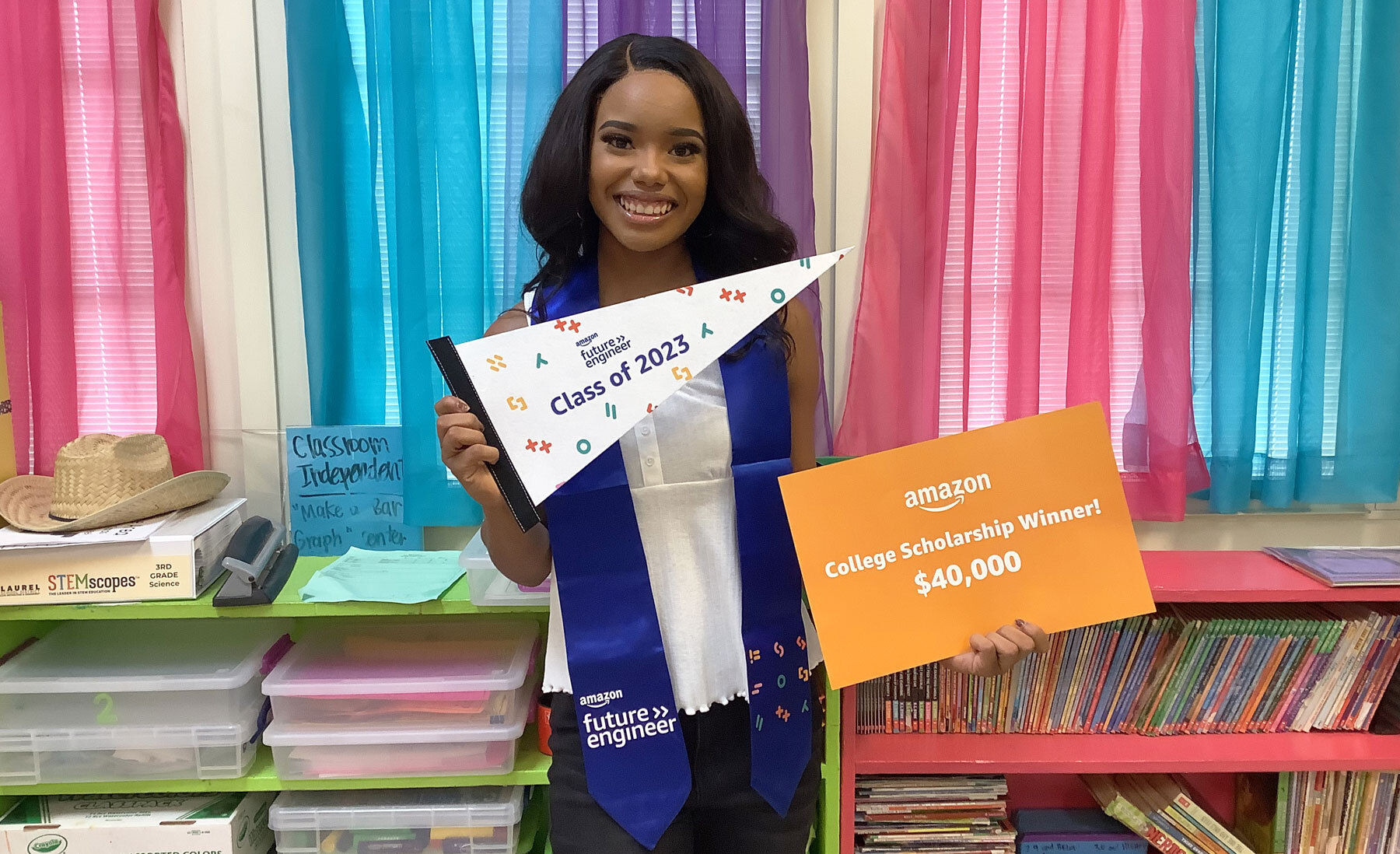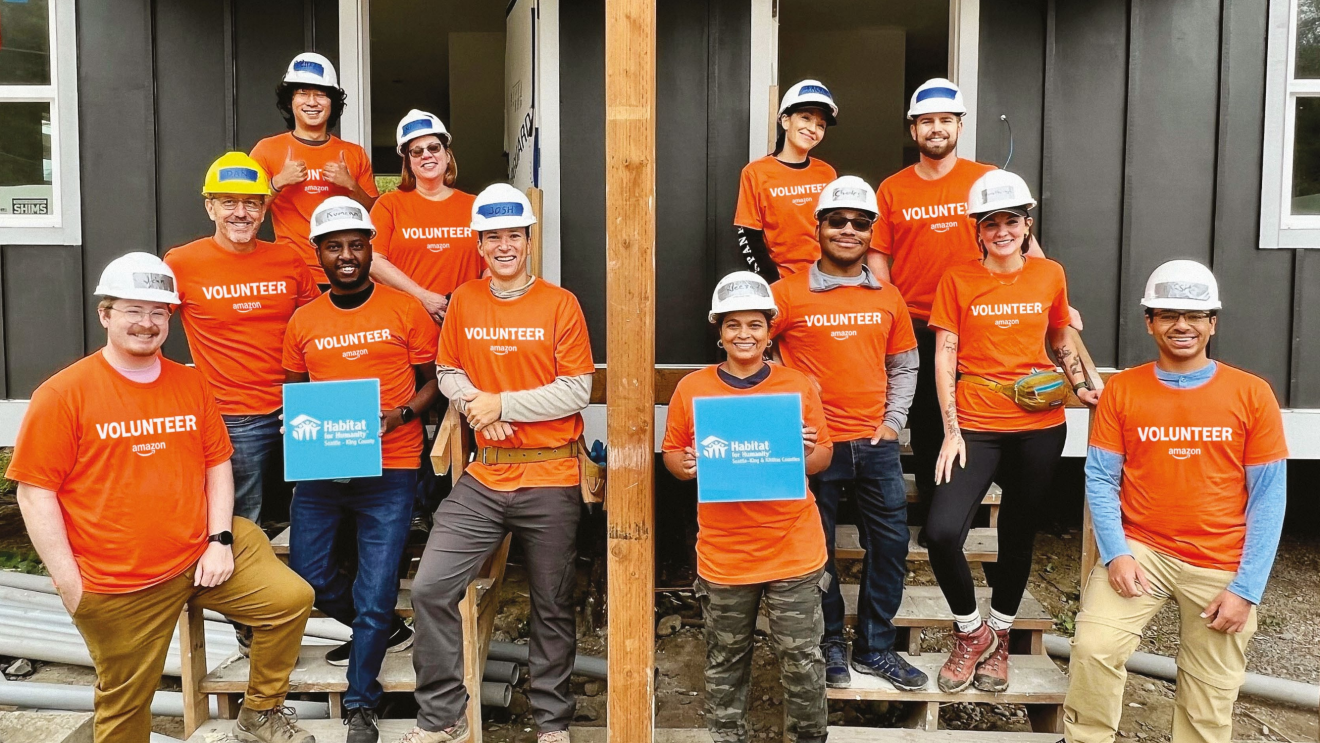With technological advances like generative AI, quantum computing, and robotics driving the biggest innovations of our time, it’s imperative that young people today explore opportunities in the technology industry. But do they have the support they need to grow into the next generation of tech leaders?
By now, we know that technical knowledge and advanced digital skills benefit individual career growth, job satisfaction, and global economic output. Many young people already recognize the value in STEM and show interest in pursuing it. A 2021 study conducted by Amazon and Gallup showed that 62% of students are interested in learning about computer science, or learning more if they’ve already had some computer science education. A gap, however, exists between interest and access. According to Code.org's 2024 State of Computer Science Report, in a single year only 6.4% of high school students are enrolled in a foundational computer science class. The discrepancy is even larger for students from lower-income households.
Amazon Future Engineer is a computer science education program that aims to bridge that gap and afford greater access and more opportunities to students in underserved communities. Launched in November 2019, Amazon Future Engineer invests in students, teachers, and education systems, providing free community access to STEM opportunities and resources, including virtual field trips, hands-on challenges, lesson plans, and scholarships.
 Photo by Belief Agency
Photo by Belief AgencyIn 2024, the program reached 3.9 million students from underrepresented communities globally. Offerings begin in early childhood and include various real-world-inspired virtual and hands-on computer science project learning opportunities through grade 12. During their senior year of high school, students can apply for college scholarships and the chance to complete a summer internship and receive mentorship from leaders at Amazon.
Read on to learn all the different ways Amazon supports the next generation of STEM leaders.
Exploration and exposure through virtual career tours and class chats
Research shows early exposure to computer science and other STEM topics is important because it stimulates students’ interest, builds self-confidence, and fosters a sense of belonging.
To introduce kids to the many pathways in tech, Amazon Future Engineer offers free, virtual field trips that explore Amazon’s technologies, as well as classroom talks with working professionals. From developing video games to communicating data in space, these career paths highlight the diverse applications of technology. They also help spark curiosity in young people who may not know much about the industry.
One tour offering is a 45-minute interactive tour (also offered in 15- or 30-minute options)—aligned to NGSS, CSTA, and ISTE standards—that teaches students how algorithms and machine learning power the Amazon fulfillment process. Along the way, students meet real-life engineers who brought the technology to life. The tour course also includes a vocab quiz, Q&A with the tour leaders, and a Teacher Toolkit filled with worksheets, extension activities, and a facilitation guide. All grade levels can attend these tours—they include content accessible to each grade and teachers can make use of their Toolkit to adjust the learning as they see fit.

“I know a lot of people say that computers are putting people out of jobs, but this tour shows young people that is not true. It helped them to understand the jobs might look different, because humans have to be behind the technology,” said one teacher from Springfield, MO.
Live career chats with guest speakers are another option teachers can take advantage of. These classroom talks, conducted virtually, feature Amazon employees who volunteer to share their personal career stories. They work across a broad range of technical and nontechnical roles, so students can envision future careers they’ve never previously heard of. Again, Teacher Toolkits are provided to help educators deepen student learning before and after the chat.
Elisa, a program manager II at Amazon who has volunteered for career chats, said, “You never know when the seed you plant will become the next James Gosling or a future co-worker.”
Project-based learning support in the classroom, from kindergarten through high school
Beyond exposure and exploration, it’s important to incorporate hands-on learning and introduce fundamental concepts to further nurture student interest in STEM opportunities. Not all schools, however, have equal access to computer science curriculum or teacher training.
That’s why Amazon Future Engineer partners with organizations like Code.org, ProjectSTEM,and BootUp to bring free computer science programming to schools and districts. These offerings are designed with age and experience in mind, and split by elementary, middle, and high school.
In elementary school, for example, young coders combine coding basics with design, music, art, or games to create a fun, personal project. In middle school, students start to dive deeper into specific topics like data and user centered design and learn how technology can be harnessed to solve problems in one’s community. Finally, in high school, rigorous AP curriculum introduces programming languages to students more familiar with computer science concepts; or, students who have not yet been exposed can learn fundamental skills.
Students have to opportunity to flex their skills outside of school courses through the Alexa Skills Inventor program, and other project-based learning opportunities that help students learn to code while exploring music.
Teachers interested in taking courses do not need prior experience in computer science. All courses include free live or asynchronous training to set teachers up for success. In addition, teachers at Title 1 eligible schools—schools with a high percentage of students from families who need financial assistance—that sign up to use Amazon Future Engineer sponsored curriculum will receive:
- A paid Computer Science Teachers Association Plus (CSTA+) level membership for one year
- Amazon Future Engineer teacher and classroom swag
- Opportunities to pilot cutting edge career and computer science exploration offerings from Amazon Future Engineer.
Teachers with computer science experience can apply to become Amazon Future Engineer Teacher Ambassadors. The Ambassador program selects exceptional computer science educators for a two-year, paid fellowship. This year's cohort of 50 teachers will help bring CS education and career exploration to underserved communities, expanding equitable access nationwide through their outstanding expertise and commitment. The Ambassador program is a core part of Amazon's global efforts to increase access to computer science learning, especially for underrepresented groups in tech fields.
Scholarship and internship opportunities
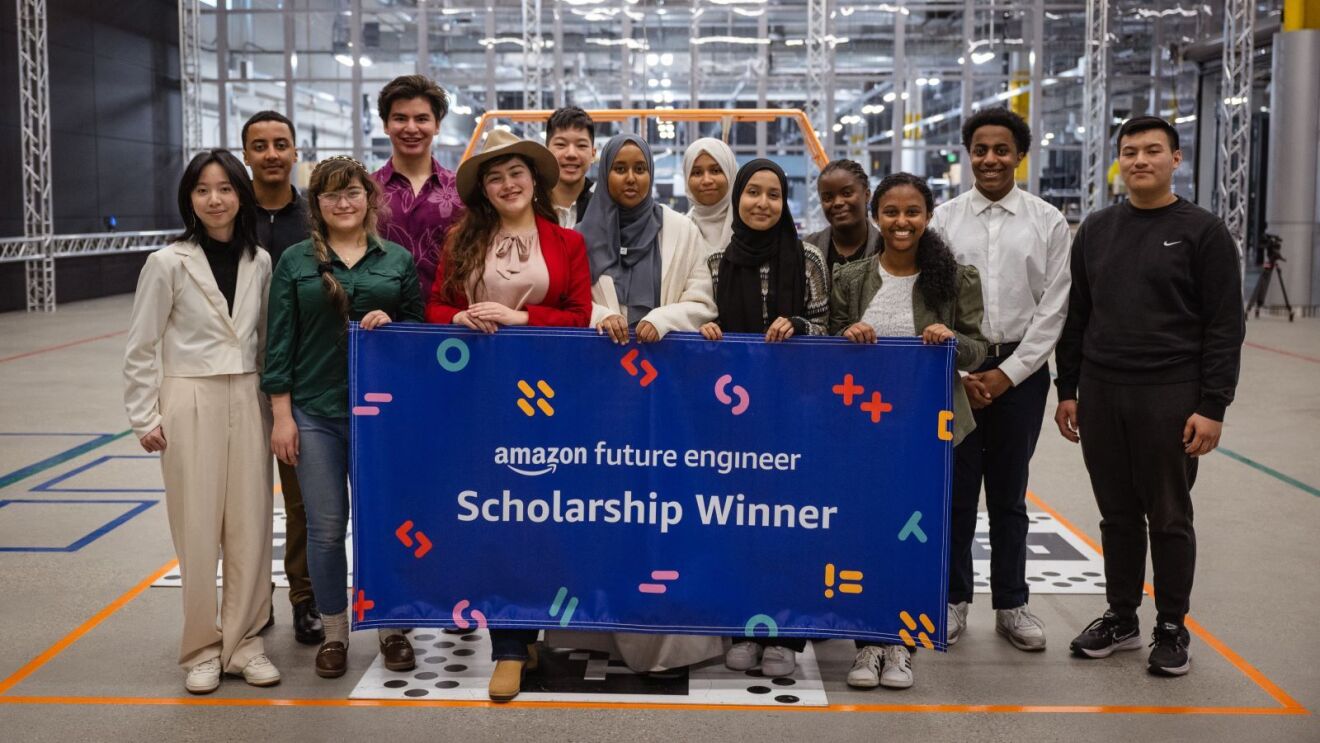
Amazon Future Engineer also provides direct financial support for incoming college students to help build toward a more diverse tech industry and future. The Amazon Future Engineer Scholarship awards recipients up to $40,000 toward an undergraduate degree in engineering, computer science or related field, plus an offer to complete a paid internship at Amazon after their freshman year. During the 12-week summer internship, eligible scholars get to work on projects and technologies that have a real impact on Amazon customers, receive mentorship from Amazon leaders, and build community with other interns.
In 2025, Amazon awarded 400 scholarships, providing a total of up to $16 million in paid tuition to students to attend a U.S. college or university of their choice. Scholarship recipients are selected based on academic achievement, demonstrated leadership, community involvement, work experience, future goals, and financial need. Each student will also receive skills development and mental health resources, access to an emergency grant fund for unexpected financial obligations that might prevent them from attending school, and networking opportunities with their peers and Amazon employees.
“Education has the power to transform lives, and we are excited to help support 400 talented students on their journey into future careers,” said Alice Shobe, Global Director of Community Impact at Amazon. “Amazon Future Engineer scholarships combine educational funding with tangible work experience. We believe these scholars will help shape the future through innovation and leadership for years to come.”
Amazon launched the Amazon Future Engineer Scholarship program in 2019, awarding hundreds of students annually with up to $40,000 over four years to pursue an undergraduate computer science-related degree. Since inception, Amazon Future Engineer has committed $66 million in scholarships to 1,650 students from underserved and historically underrepresented communities across the U.S.
Read on to learn all the different ways Amazon Future Engineer supports the next generation of STEM leaders.
Skill-building opportunities beyond school
Although Amazon Future Engineer focuses on students and young people specifically, the program is part of a larger initiative by Amazon to improve AI, ML and other tech skills among the public. Amazon Web Services (AWS) has designed free training programs that meet a variety of schedules, learning preferences, and career goals.

AWS Skills Builder, for example, provides access to more than 600 on-demand courses and learning plans. You can browse by product domain (e.g. developer tools, end-user computing, front-end web and mobile) and cloud role (e.g. solutions architect, dev ops engineer), or prepare for different AWS Certification Exams. Learn more about AWS Skills Builder.
Another offering, AWS re/Start, provides cloud skills training and interview coaching for unemployed or underemployed individuals who want to launch careers in cloud computing. While free, AWS re/Start is a full-time, 12-week program. Graduates have gone on to work at Accenture, Securestorm, and more. Learn more about AWS re/Start.
In Seattle and Arlington, Virginia, community members of all ages and backgrounds can also visit an AWS Skills Center. These public learning centers feature interactive exhibits and in-person classes to help guests understand how tech powers and impacts many real-world experiences.
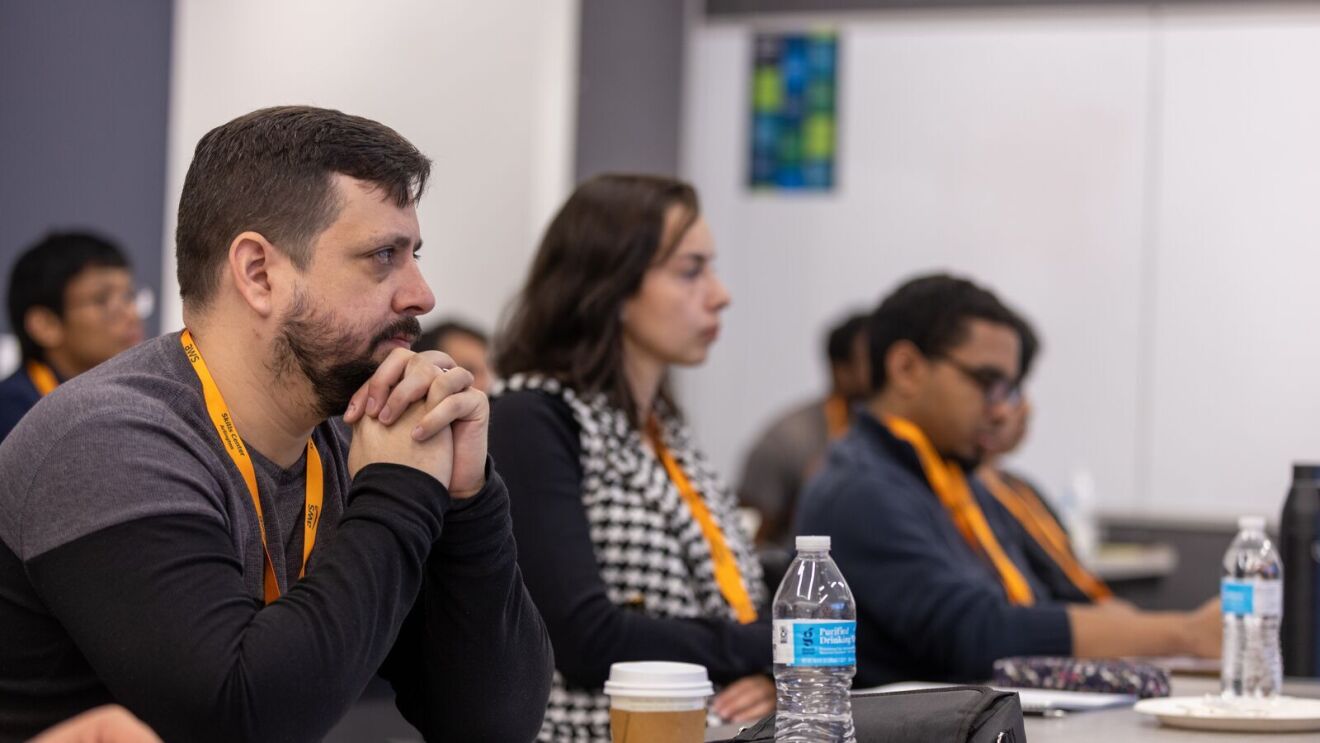
If you’re a teacher, parent, or student, however, we encourage you to start with the various programs and support offered through Amazon Future Engineer.




